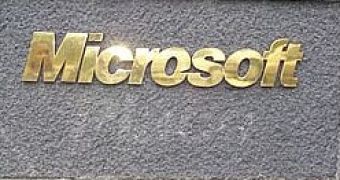Having posted poor revenue results for the second fiscal quarter of 2009, Microsoft moved onward indicating a strong focus on tightening its belt. Opportunities to cut costs were identified across the company, from reducing the workforce to postponing indefinitely plans to build additional datacenters. At the end of January 2009, the Redmond company revealed that it was hitting the break when it came down to its plans to construct new datacenters because of the global economic downturn.
At that time, Arne Josefsberg, general manager of infrastructure services, Global Foundation Services, and Michael Manos, general manager of data centers, Global Foundation Services, welcomed the cut in datacenter investments as an opportunity to drive increased efficiency in the existing infrastructure. Essentially, Microsoft needs to do more with less, in order to continue fueling its Cloud vision, even though it has put the development of new datacenters on hold.
Christian Belady, power and cooling architect, Global Foundation Services, Microsoft, revealed that the upside of the economical downturn was the need to create additional value even with budget and program cuts. “How do we emerge stronger from a recession?” Belady asked. “For most business services professionals (people in any organization for that matter), acknowledging inefficiencies is the first step towards taking action, and with action comes insight, evidence, and real options. Like any well-managed business, we routinely check our assumptions and planning needs against our assessment of the economic environment. As part of this process, we look at many scenarios and options to improve efficiencies, reduce costs, and increase the return on our investments.”
Dogfooding is one of the traditional practices at Microsoft, and datacenters make no exception to this rule. The Redmond company is an adopter of its own efficiency best practices for datacenter operations. The best practices helped the company cut costs and energy consumption, via an optimized design, real time performance monitoring, power usage effectiveness measuring, controlling temperatures and air flow, etc.
Belady added that in order to ultimately cut costs, Microsoft invested in the optimization of server performance, cost, and power at hardware-level. At the same time, the company introduced virtualization in its environments in order to reduce hardware utilization. Belady pointed to Hyper-V and the Windows Azure Cloud operating system, along with Microsoft System Center management products as ways to reduce energy consumption.
“All of the best practices and technology we are pursuing help improve efficiency and reduce carbon footprint, but only if adoption occurs. As we have seen within the industry, adoption has been slow. However, with the right incentives, adoption can and will happen,” Belady added. “New software solutions are enabling data center teams to make dramatic efficiency improvements, primarily in the areas of virtualization, automation, and streamlined management functions. Moving to new software may be a tough sell in this economic climate, but the right products will make the purchases well worth the investment.”

 14 DAY TRIAL //
14 DAY TRIAL //